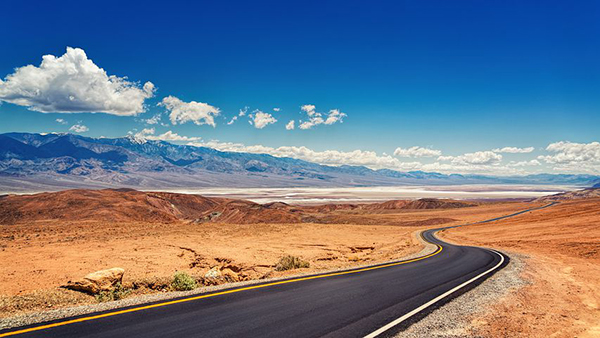Since desert conditions are so severe, the plants that live there need to have adaptations to compensate for the lack of water. Some plants, such as cacti, store water in their stems and use it very slowly, while others like bushes conserve water by growing few leaves or by having large root systems to gather water or few leaves. Some desert plant species have a short life cycle of a few weeks that lasts only during periods of rain.
- Temperature: 104 degrees in the day-25degrees at night
- Vegetation: Cacti, small bushes, short grasses
- Location: Between 15° and 35° latitude (North and South of the equator);
- examples are Mojave, Sonoran, Chihuahua, and Great Basin (North America); Sahara (Africa); Negev (Middle East); and Gobi (Asia)
Examples of desert visuals:
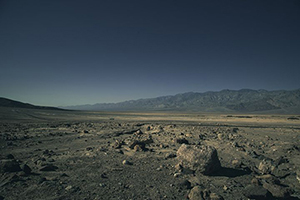 |
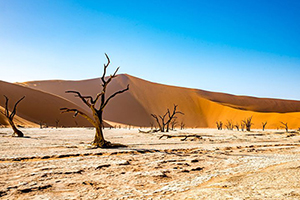 |
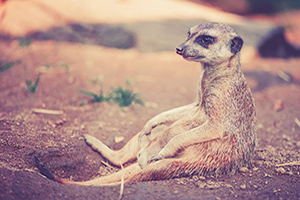 |
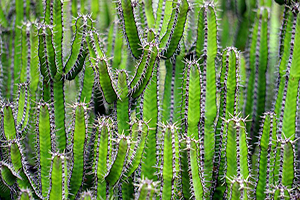 |
